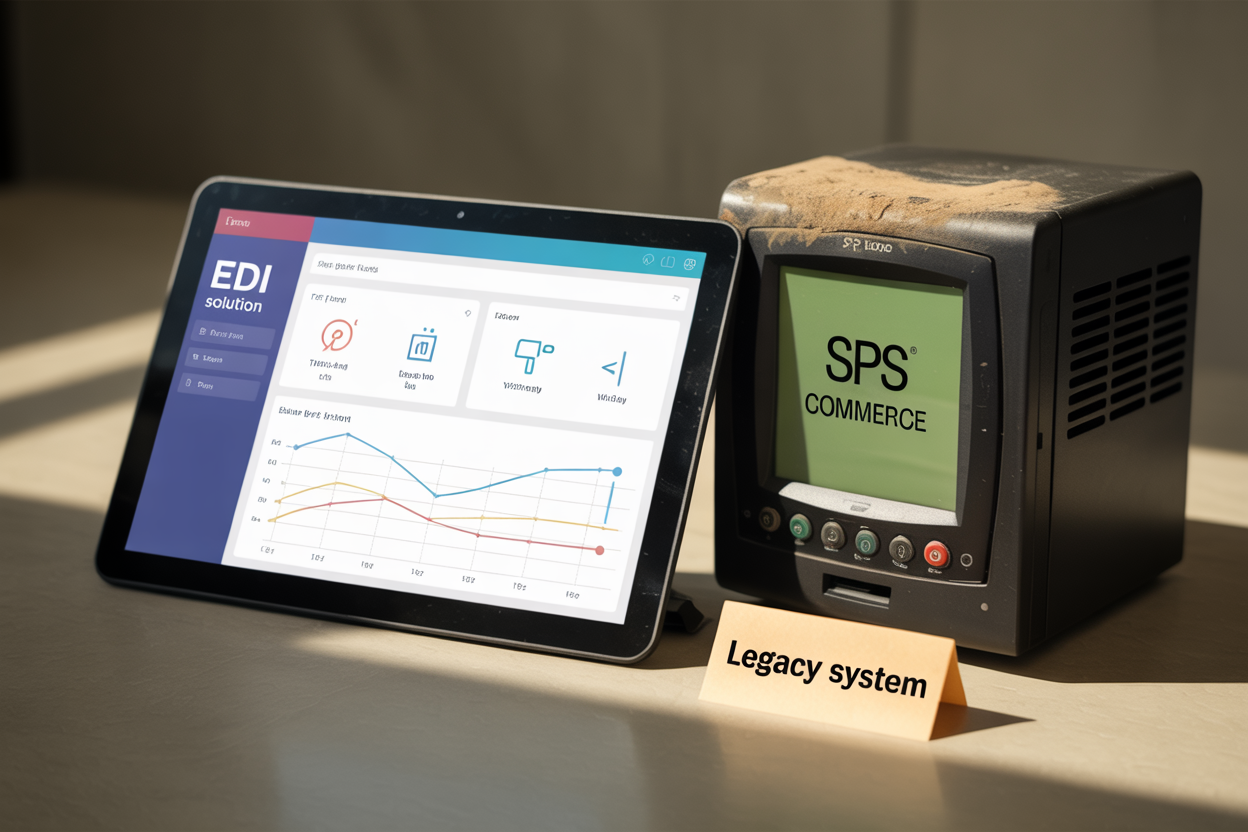Introduction: The Tale of EDI
Picture a world where business communications are tangled in a web of paper trails, delayed transactions, and manual errors. Now, imagine a solution that cuts through this chaos like a beam of light. This is the world of Electronic Data Interchange (EDI) – a digital hero in the realm of business communication. In this article, we’ll unravel the mysteries of EDI, making it accessible for beginners, especially suppliers and trading partners, who stand to benefit immensely from its adoption.
What is EDI?
At its core, EDI is the computer-to-computer exchange of business documents in a standard electronic format between business partners. It replaces postal mail, fax, and email. While email is also an electronic approach, the documents exchanged via email must still be handled by people rather than computers. Having people involved slows down the processing of the documents and introduces errors.
The Basics of EDI
EDI is not a new concept; it’s been refining the way businesses communicate for decades. According to a report by Forrester, EDI transactions account for over 20% of all B2B sales in the United States. This statistic underscores the significance of EDI in today’s business environment.
The fundamental components of EDI include:
- EDI Standards: Formats like ANSI X12, EDIFACT, which ensure consistency in the data exchanged.
- EDI Software: The tool that translates data into the EDI format.
- Communication Networks: Channels like AS2, VANs, or FTP that transmit EDI messages.
Practical Examples of EDI
Consider a supplier who receives a purchase order from a retailer. Traditionally, this would involve a paper order, prone to delays and errors. With EDI, the order is sent electronically, processed immediately, and can trigger an automatic invoice and shipment notification, streamlining the entire transaction process.
The Benefits for Suppliers and Trading Partners
EDI offers numerous advantages for suppliers and trading partners:
- Increased Efficiency: Automated processes reduce manual handling, leading to faster transaction cycles.
- Reduced Errors: Eliminating manual entry minimizes errors and discrepancies.
- Cost Savings: A study by GS1 UK showed that EDI can save up to £14 per order processed, thanks to reduced paper usage, postage, and administrative costs.
- Stronger Relationships: Faster, more accurate transactions lead to better relationships with trading partners.
ActionEDI: Simplifying Your EDI Journey
For suppliers and trading partners taking their first steps into the world of EDI, ActionEDI offers a simplified platform that enables you to become fully EDI-compliant in less than a week. Our solution automates order status and fulfillment, allowing you to focus on growing your business while we handle the complexities of EDI.
Conclusion: EDI, the Path to Streamlined Success
EDI demystifies the complexities of business communication, offering a streamlined, efficient, and error-free way of handling transactions. As a supplier or trading partner, embracing EDI is not just about keeping up with technology; it’s about staying ahead in the game.
Are you ready to embark on your EDI journey and experience the transformation it brings to your business? Sign up for a free demo with ActionEDI today and see how easy it is to streamline your business processes. Isn’t it time to let technology work for you?
Sources:
- Forrester Research: EDI Transaction Statistics.
- GS1 UK: Cost Savings through EDI.









